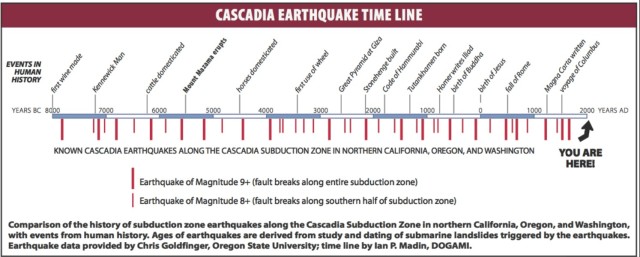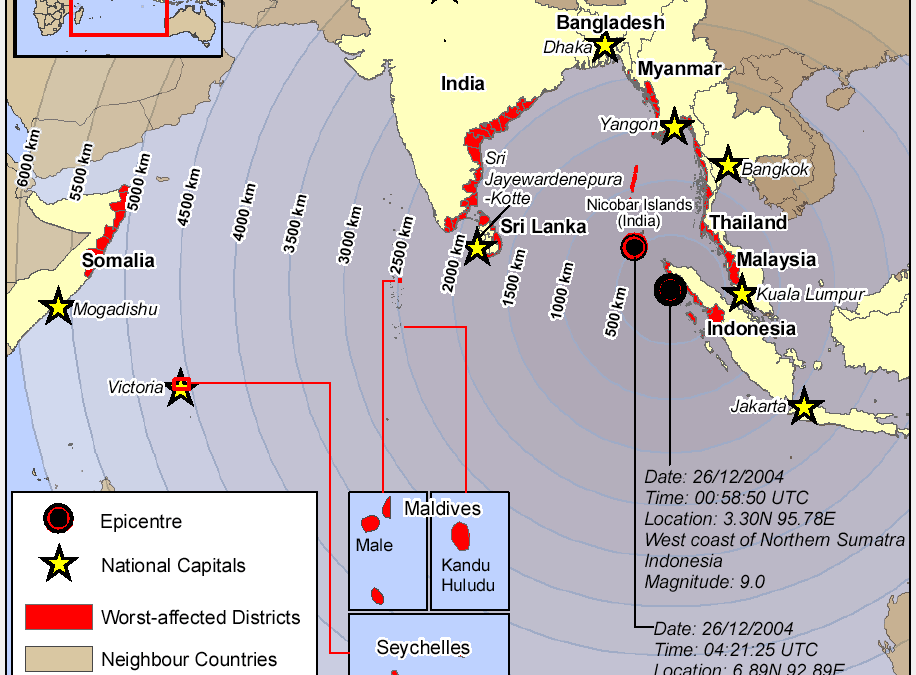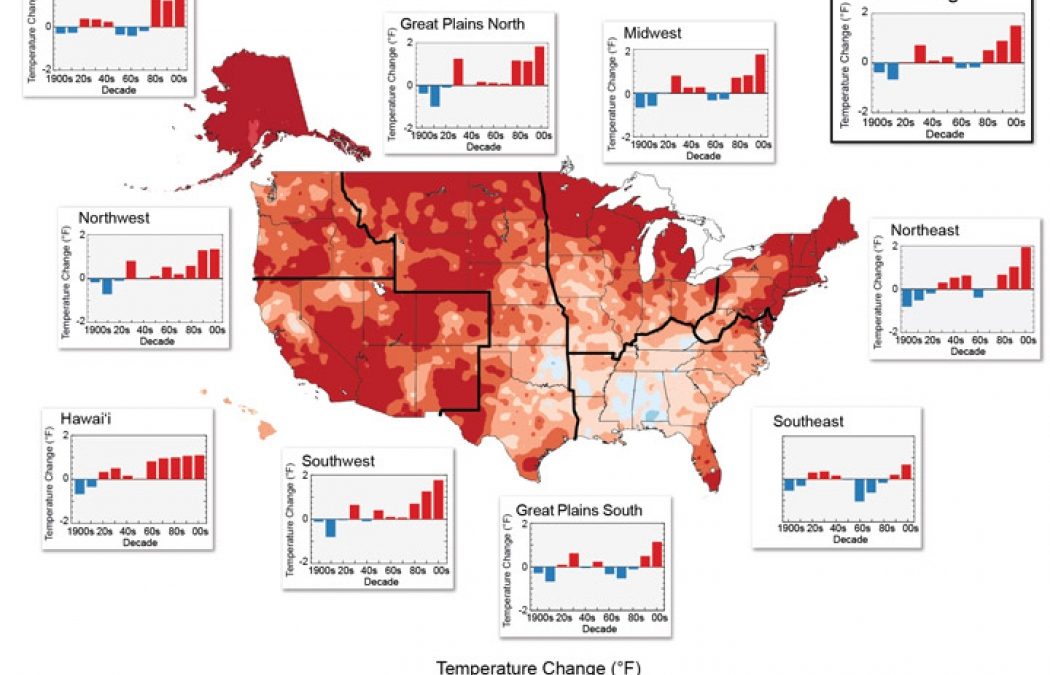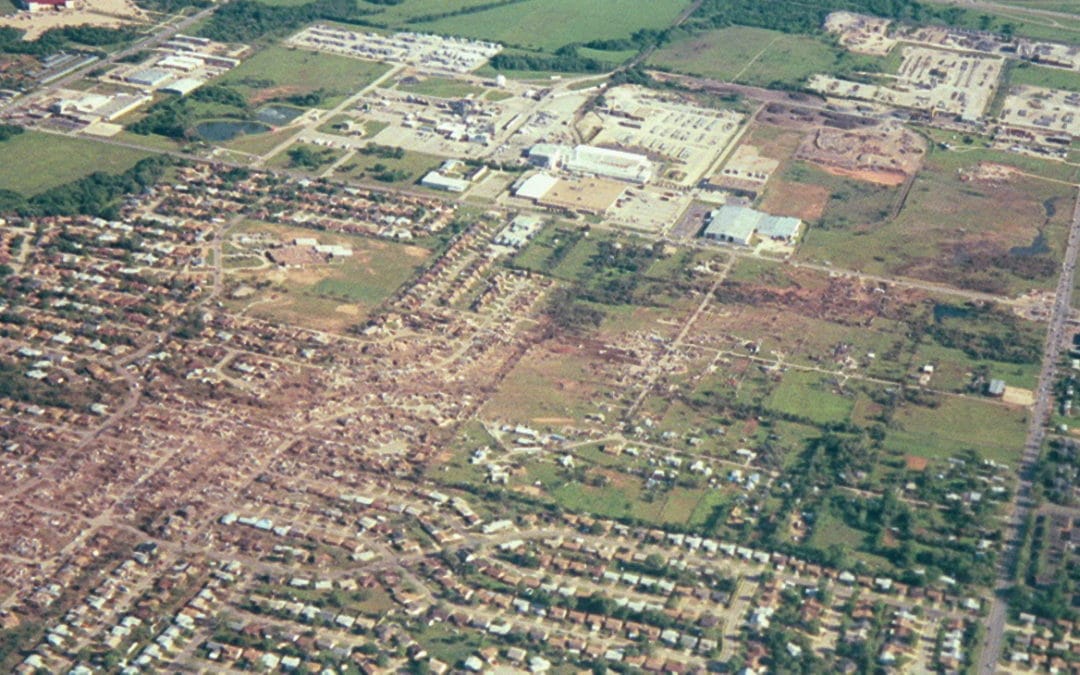
by Brian Brignac | Nov 16, 2012 | Archived, Disaster Recovery, Disaster Studies
“Not only were many firms unsure about whether their galoshes were waterproof,” Bart Chilton, the regulator at the Commodity Futures Trading Commission said, “they hadn’t even tried them on.”
Chilton’s sharp-tongued critique is in response to the apparent lack of disaster preparation in the days prior to the Super Storm Sandy.
Chilton is still hot about the ability of Hurricane Sandy to take the New York Stock Exchange to its knees. Unable to shift their servers to an emergency backup platform, the NYSE stayed dark because several trading firms had never tested their recovery strategy or their connectivity with the data backup system.
“Now that we have this stark and frankly frightening example to work from, we’d be negligent not to move quickly to make sure that our emergency systems are comprehensive and fully tested,” says Chilton. He added his intent to urge financial firms and federal authorities to coordinate action plans in the face of future calamities. His suggestion is to call for the creation of a private-public task force that would convene in advance of crises like hurricanes. Chilton said the group would mandate technology testing protocols, spell out guidelines for operating in a crisis and potentially sketch a timetable for recovery efforts.
Chilton’s agency, the Commodity Futures Trading Commission is tasked with ensuring the open and efficient operation of the futures markets — so you can understand why this was such a black eye for the CFTC.
And on the heels of CFTC’s other recent foray into the spotlight with the investigation into MF Global and their supposed improper transfer of roughly $1.2 billion in customer money to pay its own bills. CFTC is actively examining MF Global’s then Chairman and CEO Jon S Corzine for accelerating the firm’s $40 billion demise. (Corzine is a former New Jersey Governor and New Jersey Senator).
While the precipitating reason for Chilton’s galoshes rant is disturbing, it’s also a cornerstone moment for our company who’s foundation of data protection is frequent testing. The Global Data Vault point of differentiation from many of our peers is that Global Data Vault conducts quarterly testing of our customer’s systems – precisely so a Super Storm Sandy can’t take them out of the running for several days. Our silver lining of the whole North East mess is that the galoshes are now part of the data protection conversation.
If you have questions about the readiness of your galoshes, contact us today.

by Brian Brignac | Feb 11, 2012 | Archived, Disaster Studies
The Cascadia subduction zone is a 600-mile-long offshore earthquake fault that runs from northern California to southern British Columbia. And that fault has a serious tale to tell. Geologists have found sand deposits up and down the Pacific coast along this zone, the result of a tsunami a little over 300 years ago.
Three hundred years is a long time and that bit of trivia in and of itself may not seem threatening, but pair it with what scientists now know about earthquake patterns, and the Pacific Northwest Coasters should be trembling in fear – or at least preparing for an impending disaster in the very near future.
“I think all subduction zones are guilty until proven otherwise,” Dr. Kerry Sieh told National Geographic in their February 2012 issue. Sieh, director of the Earth Observatory at Singapore’s Nanyang Technological University, is one of the world’s leading paleoseismologist. He spends his days obsessing over geologic records for evidence of ancient earthquakes and tsunamis, and identifies what he calls, “supercycles” or clusters of big earthquakes that occur at regular and predictable intervals. (more…)

by Brian Brignac | Feb 4, 2012 | Archived, Disaster Recovery, Disaster Studies
Tsunamis are arguably one of the most devastating and difficult to predict natural disasters. Evidence of this is the 2004 Indian Ocean tsunami which is considered among the deadliest in human history, credited with more than 230,000 people killed in 14 countries bordering the Indian Ocean.
 While the science is nowhere near exact, researchers are closely examining vulnerable areas of the world based on the theory that history does and will repeat itself. They have found what they refer to as “supercycles,” or clusters of big earthquakes occurring at regular intervals. It’s these underwater earthquakes that have the potential to create tsunamis of epic proportions.
While the science is nowhere near exact, researchers are closely examining vulnerable areas of the world based on the theory that history does and will repeat itself. They have found what they refer to as “supercycles,” or clusters of big earthquakes occurring at regular intervals. It’s these underwater earthquakes that have the potential to create tsunamis of epic proportions.
Leading the supercycles charge is Dr. Kerry Sieh, currently serving as director of the Earth Observatory at Singapore’s Nanyang Technological University. Sieh is one of the world’s leading paleoseismologists studying earthquake patterns. He and his team have discovered that for at least the past 700 years, pairs of large earthquakes have occurred about every 200 years on a segment of the Sunda megathrust, a fault extending 3,300 miles from the southwestern side of Sumatra to the south of Java and Bali and ending near Australia. The earthquakes in each pair were separated by roughly 30 years. Sieh found there had been a pair of quakes around years 1350 and 1380, another pair in the early to mid 1600s, and a third pair n 1797 and 1833. (more…)

by Brian Brignac | Dec 7, 2011 | Archived, Disaster Recovery, Disaster Studies
While people continue to debate the merits of global warming and its impact on their everyday lives, researchers are far more confident about the prospect of more intense heat waves, heavy downpours, earthquakes and even volcanic eruptions in our near future.
But no matter which side of the fence you’re on, the Washington Post reported last week that the new analysis also speaks to a broader trend: The world is facing a new reality of more extreme weather, and policymakers and businesses alike are beginning to adjust.
All the hullabaloo about global warming came to the forefront again when a recent special report was released on the human impact of extreme weather events by the Intergovernmental Panel on Climate Change (IPCC). The very detailed report talks of the correlation between global temperatures and the impact on everything from wind patterns to earthquakes. The IPCC warns for better civic planning as we should expect more of the same weather-related disasters experienced in 2011. (see our previously Top 10 Natural Disasters 2011) The concern is that these crazy weather extremes will overwhelm their target locations, making them unlivable.
Unlivable is one thing, another is how the businesses within those communities can be resilient after an unexpected natural disaster. A September 2011 study by Climate South West stated that 63% of businesses surveyed have taken some kind of action to prepare for extreme weather. Of the study respondents, most (76%) of the largest businesses have created or improved their Business Continuity Plan, compared to only 8% of the smallest businesses. Many larger businesses have also reviewed their health and safety procedures and/or sought advice on the issue.
At Global Data Vault, our daily focus is planning for disaster. But we know that it’s not something that most companies address as nearly as frequently. So we’re curious, has your company taken any new measures to protect against the impact of extreme weather on business continuity and data security?

by Brian Brignac | Nov 29, 2011 | Archived, Disaster Recovery
According to the National Climatic Data Center (NCDC), the United States has experienced a record number of billion-dollar natural disasters –and of those, at least 10 are approaching a total of $50 billion dollars in costs.
Considered the “nation’s scorekeeper,” the NCDC tracks and evaluates climate events in the US and globally that have substantial economic and societal impacts. They report in the last 31 years, the U.S. has experienced 110 weather/climate-related disasters where overall damages and costs reached or exceeded $1 billion. And are you sitting? The total standardized loses exceed $750 billion.
Oftentimes when we consider of significant weather-related disasters, we automatically think earthquakes and hurricanes on the fringes of our country. But as you’ll see below, the Midwest took a significant beating this year from tornadoes.
Here are the top 10 most costly disasters of 2011 — so far, in order of costs/damages:
1. Southeast/Ohio Valley/Midwest Tornadoes, April 25 – 30. Over $7.3 billion insured losses, total loses greater than $10.2 billion, 321 deaths.
2. Southern Plains/Southwest Drought, Heat Wave and Wildfires, Spring-Summer. More than $10 billion and counting, at least 4 deaths.
3. Midwest/Southeast Tornadoes, May 22 – 27. More than $6.5 billion insured losses, total loses greater than $9.1 billion, and 177 deaths.
4. Hurricane Irene, August 20 – 29. More than $7.3 billion in damages, at least 45 deaths.
5. Mississippi River Flooding, Spring-Summer. More than $3 – 4 billion, as many as 7 deaths.
6. Midwest/Southeast Tornadoes, April 4 – 5. Over $2.0 billion insured losses, total losses greater than $2.8 billion, 9 deaths.
7. Southeast/Midwest Tornadoes, April 8 – 11. More than $1.5 billion insured losses, total losses greater than $2.2 billion, thankfully zero deaths reported.
8. Midwest/Southeast Tornadoes, April 14-16. Over $1.4 billion in insured loses, total losses greater than $2.1 billion, 38 deaths.
9. Upper Midwest Flooding, Summer. More than $1 billion, at least 5 deaths.
10. Groundhog Day Blizzard, January 29 – February 3. More than $1.0 billion in insured losses, total losses greater than $1.8 billion, 36 deaths.
For more detail on each of these horrible tragedies, visit the National Climatic Data Center.




 While the science is nowhere near exact, researchers are closely examining vulnerable areas of the world based on the theory that history does and will repeat itself. They have found what they refer to as “supercycles,” or clusters of big earthquakes occurring at regular intervals. It’s these underwater earthquakes that have the potential to create tsunamis of epic proportions.
While the science is nowhere near exact, researchers are closely examining vulnerable areas of the world based on the theory that history does and will repeat itself. They have found what they refer to as “supercycles,” or clusters of big earthquakes occurring at regular intervals. It’s these underwater earthquakes that have the potential to create tsunamis of epic proportions.


